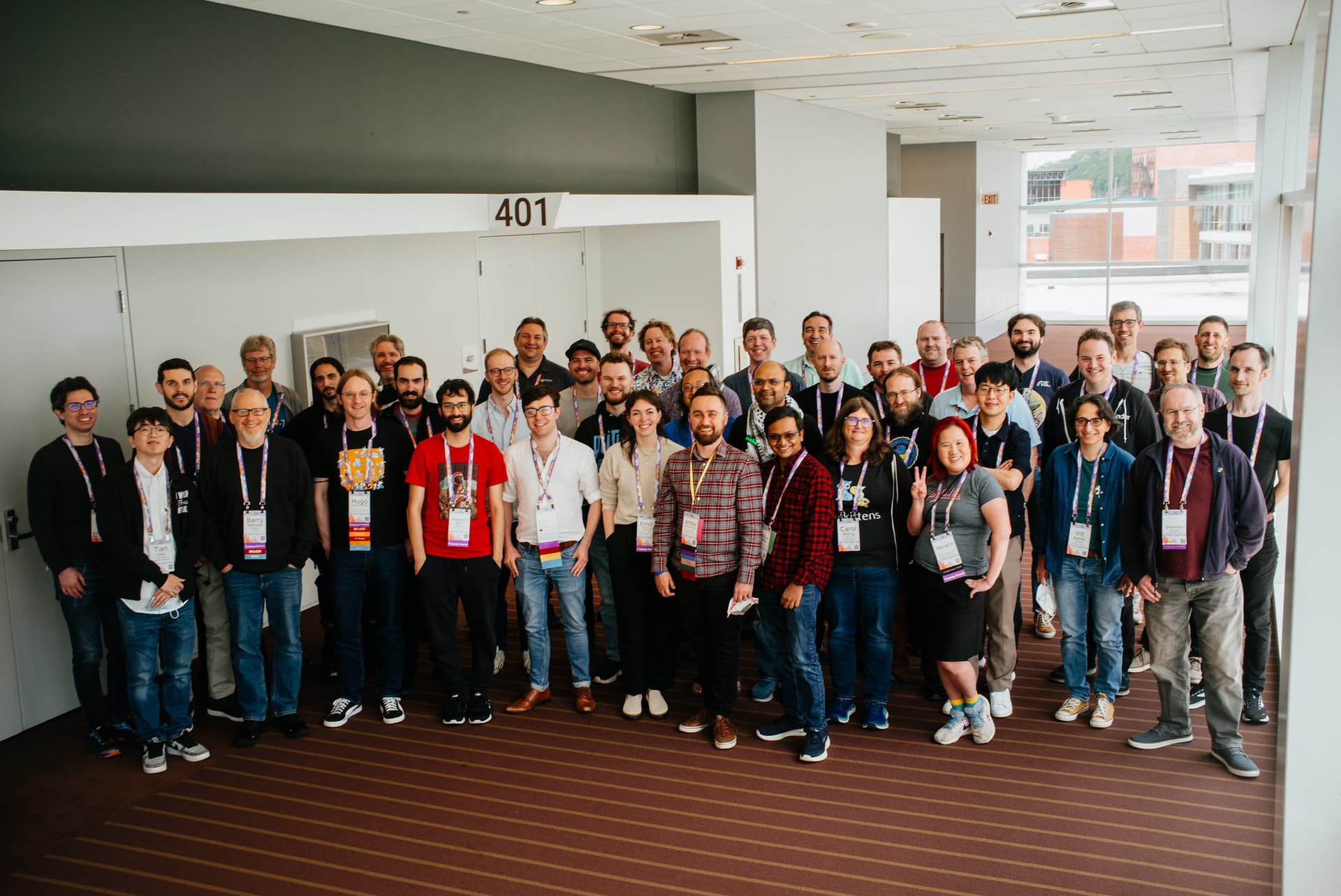Python History
Python is a high-level, general-purpose programming language. Its design philosophy emphasizes code readability with the use of significant indentation via the off-side rule. [1]
Python is dynamically typed and garbage-collected. It supports multiple programming paradigms, including structured (particularly procedural), object-oriented and functional programming. It is often described as a "batteries included" language due to its comprehensive standard library. [1]
Autor
Guido van Rossum (born 31 January 1956) is a Dutch programmer best known as the creator of the Python programming language, for which he was the "benevolent dictator for life" (BDFL) until he stepped down from the position on 12 July 2018. He remained a member of the Python Steering Council through 2019, and withdrew from nominations for the 2020 election. [1]

Name
Python's name is derived from the British comedy group Monty Python, whom Python creator Guido van Rossum enjoyed while developing the language. Monty Python references appear frequently in Python code and culture; for example, the metasyntactic variables often used in Python literature are spam and eggs instead of the traditional foo and bar. The official Python documentation also contains various references to Monty Python routines. [1]
History
Python was conceived in the late 1980s by Guido van Rossum at Centrum Wiskunde & Informatica (CWI) in the Netherlands as a successor to the ABC programming language, which was inspired by SETL, capable of exception handling and interfacing with the Amoeba operating system. Its implementation began in December 1989. Van Rossum shouldered sole responsibility for the project, as the lead developer, until 12 July 2018, when he announced his "permanent vacation" from his responsibilities as Python's "benevolent dictator for life", a title the Python community bestowed upon him to reflect his long-term commitment as the project's chief decision-maker. In January 2019, active Python core developers elected a five-member Steering Council to lead the project. [1]
Python 2.0 was released on 16 October 2000, with many major new features such as list comprehensions, cycle-detecting garbage collection, reference counting, and Unicode support. Python 3.0, released on 3 December 2008, with many of its major features backported to Python 2.6.x and 2.7.x. Releases of Python 3 include the 2to3 utility, which automates the translation of Python 2 code to Python 3. [1]
Python 2.7's end-of-life was initially set for 2015, then postponed to 2020 out of concern that a large body of existing code could not easily be forward-ported to Python 3. No further security patches or other improvements will be released for it. [1]
Core Developers
